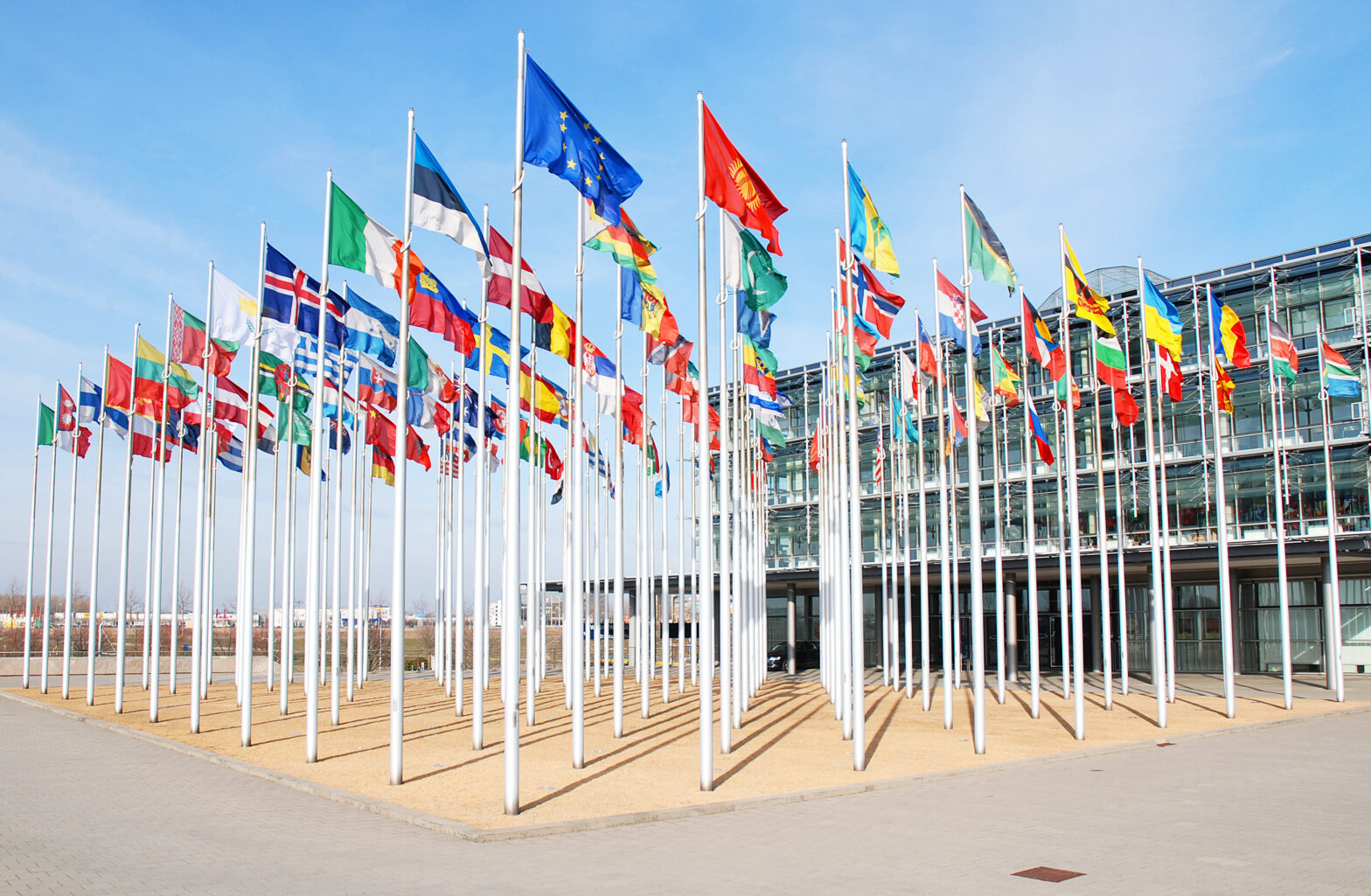Approximately 44 per cent of the UK’s exports are shipped to the EU and whilst Brexit may add an air of uncertainty, the reality is that the rest of Europe is still a huge market for UK businesses. If you’re a UK business looking to export your goods to Europe, then in order to showcase your products and speak with prospective clients, the best way to do this is to attend some European exhibitions.
Whilst Luxembourg, Ireland and the Netherlands are the biggest European consumers of UK goods, there is opportunity everywhere in Europe.
Before diving straight in however, it’s important that you do your research so that you can ensure you’re getting the most out of the exhibitions you attend. Here’s everything you need to know if you’re looking to attend European exhibitions.
Finding an exhibition
First thing’s first, before you can attend an exhibition, you’ll need to do your research so that you can determine which one(s) is going to be the most relevant for you.
You can easily find a list of exhibitions that are taking place across Europe by looking on Events Eye or Expo Database, and you’ll find that there are exhibitions taking place for just about every industry you can think of.
Once you’ve decided which exhibition you want to show at, you’ll need to book your space. Bear in mind that prime locations for stands usually go straight away, so book early if you don’t want to miss out.
Saying that, it’s not the end of the world if you don’t get that prime location. Your excellent marketing material and knowledgeable staff will draw attendees in anyway!
Transportation
Arranging to get yourself to and from the exhibition is easy and can be very cheap, thanks to low cost airlines virtually covering every country in Europe.
The main aspect of transportation that you’ll need to arrange is for all your assets, to ensure that they are sent over to the exhibition on time. This doesn’t just include your marketing materials, but any display boards and stands you plan on taking to the exhibition too.
Arranging to have your assets delivered to the exhibition venue will be the easiest option. Just ensure you arrive early so you have plenty of time to set up before visitors get there.
When the exhibition finishes, get your stands arranged to be collected, so you don’t have to worry about delivering them back to the UK yourself. Most exhibitors will arrange to have this done, as it’s much easier than the alternative.
What to bring
Alongside any marketing materials you want to bring along (leaflets/posters/products for demos etc), you’ll want to make sure that your stall stands out.
Related: How to attract visitors to your exhibition stand
There is no right or wrong answer here; it’s all down to how you wish to display your products. Firstly, you’ll need to decide which exhibition stand to bring or to hire, as there are multiple options.
A portable stand that’s easy to put up and take down is ideal; or you could look at hiring an exhibition stand with a TV if that will better demonstrate the products/services you’re offering. It may also be worthwhile hiring an exhibition counter stand too.
Other potential options to hire for your exhibition stand include display boards or display stands – both of which are useful for showcasing poster or product literature.
Alternatively, you could also bring along leaflet holders or brochure stands, so that prospective clients can easily take away some more information about your company with them.
Also, don’t underestimate the power of a freebie. Leave some chocolates out on your stand, and you’ll have attendees flocking over… at which point you can tell them more about your products!
Languages and customs
Once you’ve planned the logistics, you now need to sort out the best way in which to communicate with your potential clients.
Language is extremely important. As English is the ‘official’ language of business, you’ll find that most people will be able to communicate in English at the exhibition shows.
However, if you’re looking to launch into a specific country (e.g. Germany) – then it will definitely help if you bring someone along to the exhibition who can speak German – whether it’s an employee or a translator – to speak with prospective clients.
Another factor to consider before the exhibition is the culture of the European country you are showcasing at. Will attendees expect business suits and formalities, or are they more casual? Whilst formality may be key in Germany for instance; Scandinavian and Mediterranean businesses are much more laidback. Ensuring you fit into the culture is key when speaking with prospective clients.
Ultimately if you have a good product and you’ve done your research into the chosen country you want to launch in, then planning the best way to attend European exhibitions will only further help you with your chance of success.
Greg Lennox is owner and managing director of RAL Display





